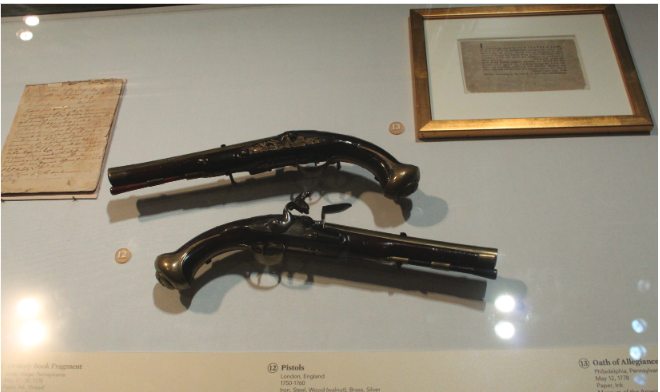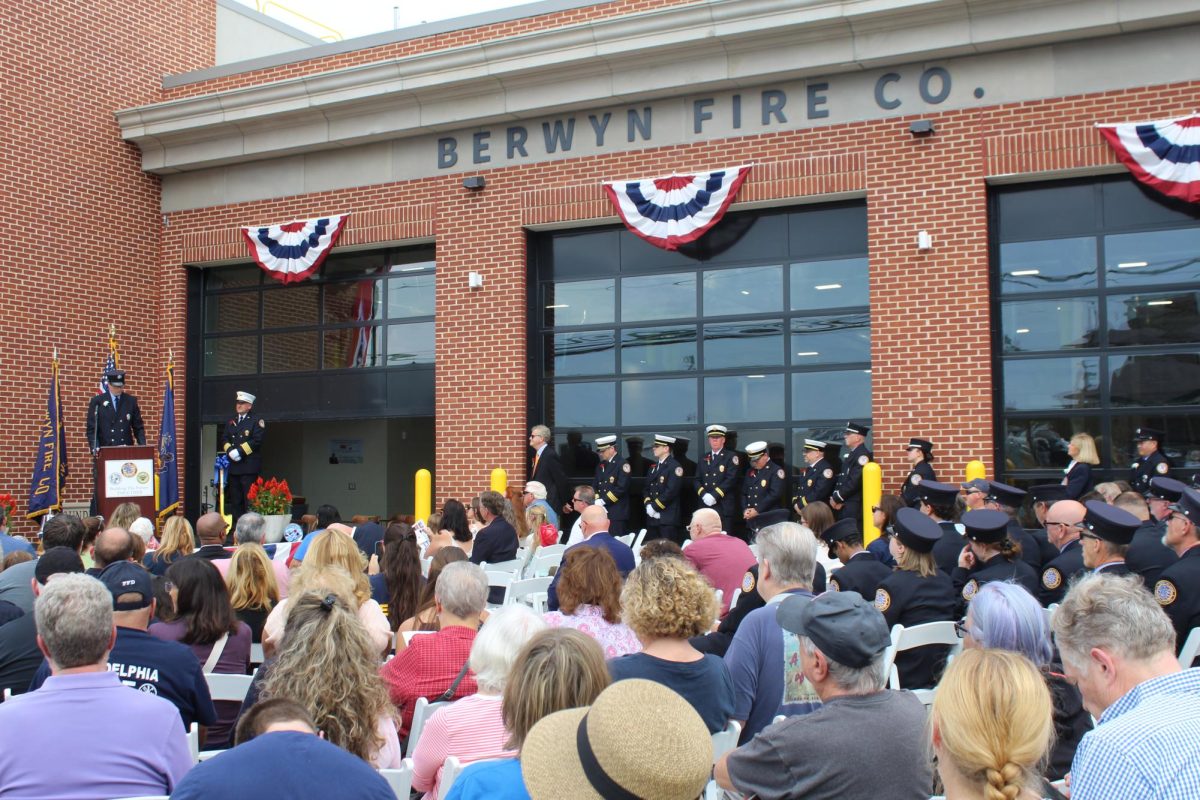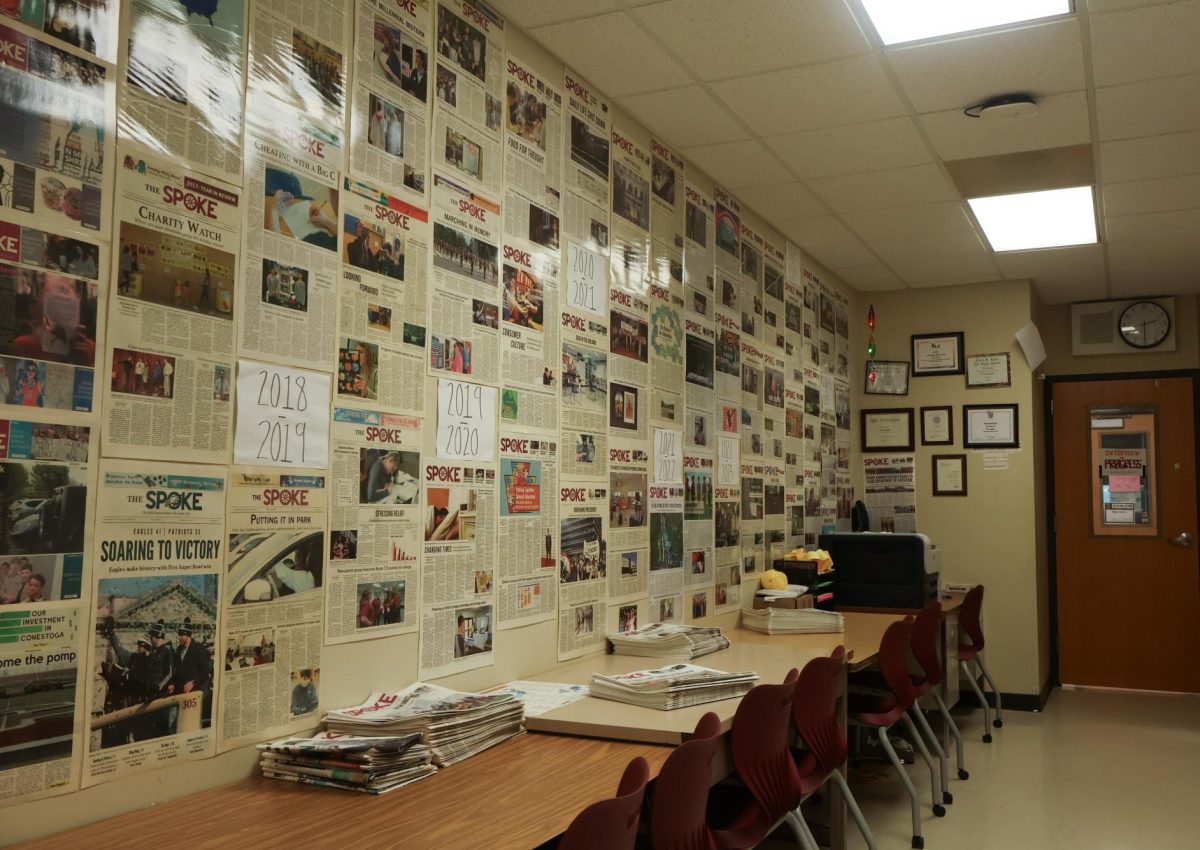By Lizzie Sun, Staff Reporter
The FBI Art Crime Team has been in operation since 2004, recovering more than 15,000 items valued at over $800 million in total since its founding. Most recently, the team launched an investigation of a cold case from 50 years ago: the mystery of 50 stolen artifacts across five states, including Pennsylvania. FBI Art Crime Special Agent Jake Archer calls this burglary “one of the largest of its kind that we’re aware of.”
In 2009, a cold case investigation was re-opened by detectives from Upper Merion Township and the Montgomery County District Attorney’s Office. It was a 50-year-old crime which included artifacts, such as firearms from Valley Forge Historical Society and others from the French and Indian War in 1754. Many hold the stories of soldiers, such as the World War II battlefield pickup pistol from General Omar Bradley, which was stolen from the U.S. Army War College Museum.
In a display of passion for American history, U.S. History teacher Michael Palmatier often discusses topics regarding various types of artifacts with his colleagues. He believes in the importance of preserving historical artifacts.
“I think artifacts are essential because they bring us so much closer to the authentic past,” Palmatier said. “Artifacts are a way of telling a story.”
In August 2022, the thief, Michael Corbett of Newark, Delaware, pleaded guilty to the possession of the stolen items, claiming that his intent was not to sell, but to collect. Corbett’s sentence was a day in jail and a $65,000 fine.
On March 13, the artifacts returned to their 17 original institutions, including the Museum of American Revolution. ZeeAnn Mason, the Chief Operating Officer of the Museum of American Revolution in Philadelphia, explains how Corbett stole the artifacts.
“When the items that were recently repatriated were stolen, security measures at many museums, especially smaller historical societies, were lax,” Mason said. “They didn’t have the type of security cameras, alarm systems and secure cases most museums have today.”
After the 2009 case reopening, anonymous sources revealed information regarding the theft until it led to Corbett, solving the burglaries that spanned from 1968 to 1979. Mason is appreciative of the effort put into the artifacts’ reclamation so they can be displayed to the public once again.
“We are grateful to the FBI’s Art Crime Team who worked diligently with other law enforcement agencies to recover and repatriate these items,” Mason said. “It is always a terrible thing to see anything stolen, especially artifacts that are often irreplaceable. Once (the artifacts) were recovered, it was no small task to determine where the items were stolen from.”
Lizzie Sun can be reached at [email protected].



























































































